Ground shipping is currently paused. Local deliveries throughout Long Island will continue as usual. Pre-orders for fall are now open. Non-local orders will begin shipping again in early September. Click here to learn more.
Ground shipping is currently paused. Local deliveries throughout Long Island will continue as usual. Pre-orders for fall are now open. Non-local orders will begin shipping again in early September. Click here to learn more.
| Common Name | |
|---|---|
| Type | |
| Family | |
| Native? | |
| Zone | 6, 7, 8, 9 |
| Height Range (ft.) | 8.00 to 15.00 |
| Spread (ft.) | 8.00 to 12.00 |
| Bloom Time | |
| Bloom Description | Fragrant, spikes of lavender to purple flowers |
| Sun | |
| Water | |
| Maintenance | |
| Suggested Use | |
| Tolerate | |
| Attracts | |
| Growth Rate |

Chastetree is a drought-tolerant shrub or small tree with lavender-blue flower spikes and aromatic foliage. Ideal for sunny borders, specimen planting, and low-water gardens.
$12.99 – $129.99Price range: $12.99 through $129.99
Please note: Sizes 1.5 Gallon and up can’t be shipped outside the counties of Nassau, Suffolk, and Queens.
Learn more about how the process works and how our plants are delivered.
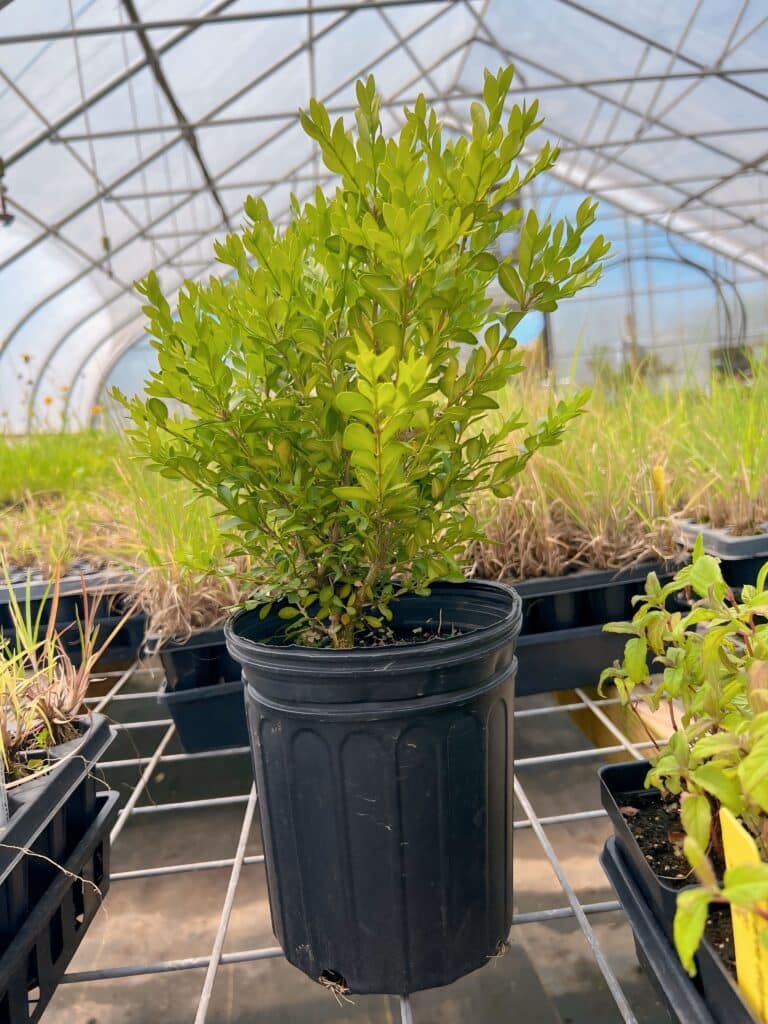


Ground shipping is paused due to summer heat. Only local delivery (Long Island & Queens) is available. Orders placed during the pause will begin processing September 1, and ground shipping will resume September 15.
| Common Name | |
|---|---|
| Type | |
| Family | |
| Native? | |
| Zone | 6, 7, 8, 9 |
| Height Range (ft.) | 8.00 to 15.00 |
| Spread (ft.) | 8.00 to 12.00 |
| Bloom Time | |
| Bloom Description | Fragrant, spikes of lavender to purple flowers |
| Sun | |
| Water | |
| Maintenance | |
| Suggested Use | |
| Tolerate | |
| Attracts | |
| Growth Rate |
Vitex agnus-castus, commonly known as Chastetree, is a multi-stemmed, deciduous shrub or small tree known for its aromatic foliage and striking spikes of lavender to blue flowers. Growing 10 to 15 feet tall and wide, this drought-tolerant plant blooms from mid to late summer, attracting butterflies, bees, and other pollinators.
Chastetree’s palmate leaves add tropical texture to the garden, while its showy blooms bring late-season color. Though popular in ornamental landscapes.
/5
Total reviews
|
|
Persons recommended this product
Anonymous
Shopper
check_circle Verified
Shop owner replied
Was this helpful
Anonymous
Shopper
check_circle Verified
Shop owner replied
Was this helpful
There are no reviews yet.
Be the first to review “ ”
Your feedback helps us improve our service.
Please log in to submit a review.

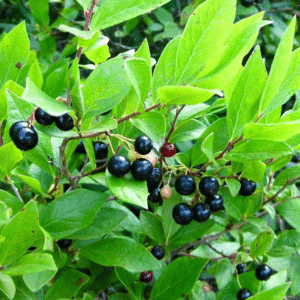

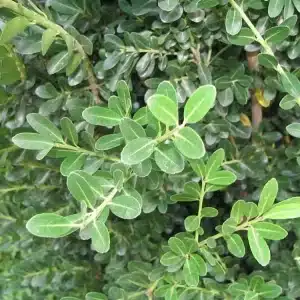
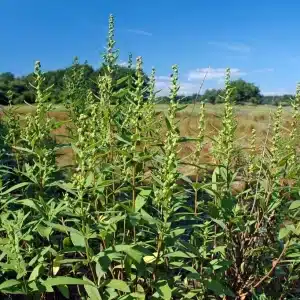
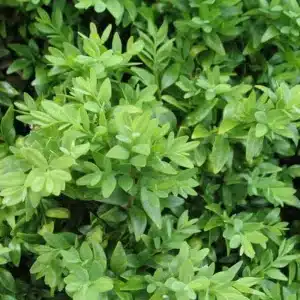
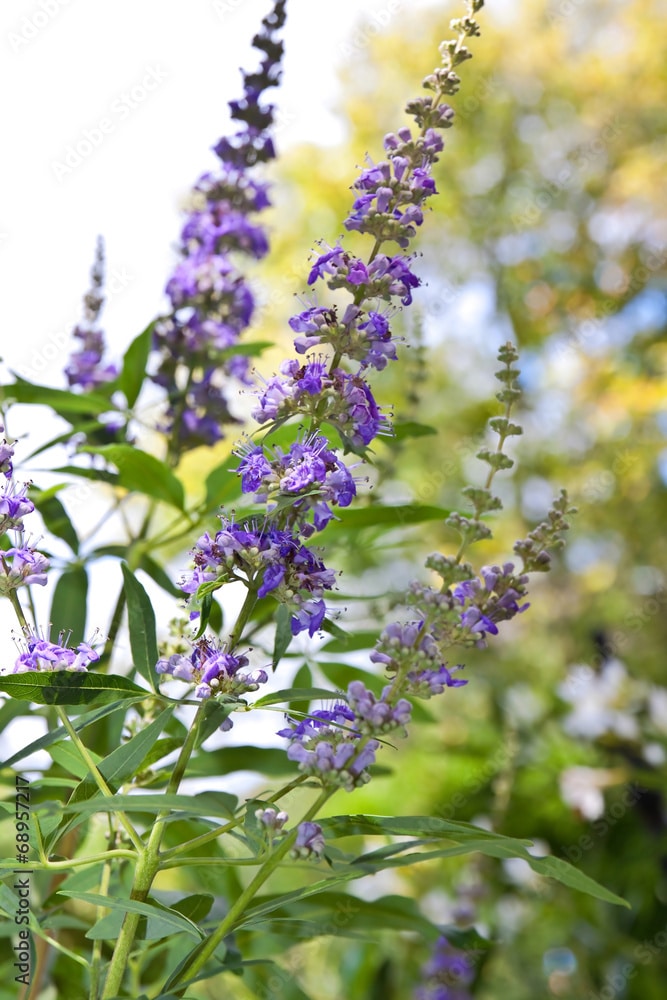
Chastetree thrives in full sun and prefers well-drained soils, including sandy or rocky types. It tolerates drought once established and performs best in hot, dry climates. It’s ideal for xeriscaping and low-water gardens.
Chastetree typically grows 10 to 15 feet tall and 10 to 15 feet wide, forming a large, multi-trunked shrub or small tree with an airy, open canopy. It can be pruned to maintain a smaller size or a single-trunk tree form.
It blooms from early to late summer, producing large, upright spikes of fragrant violet-blue flowers. Some varieties offer pink or white flowers. Deadheading spent blooms can encourage additional flowering.
Yes! Chastetree is a pollinator magnet, attracting bees, butterflies, and hummingbirds. Its nectar-rich flowers make it a valuable addition to pollinator-friendly gardens.
No, it’s low-maintenance. Prune in late winter or early spring to control size and shape, and remove any deadwood. It’s deer-resistant, drought-tolerant, and has few pest or disease problems.
Our gift cards make it easy to share the beauty of plants, flowers, and all things green. Whether for a special occasion or just because, give the gift of choice and let them select their favorites to create a garden they’ll cherish.
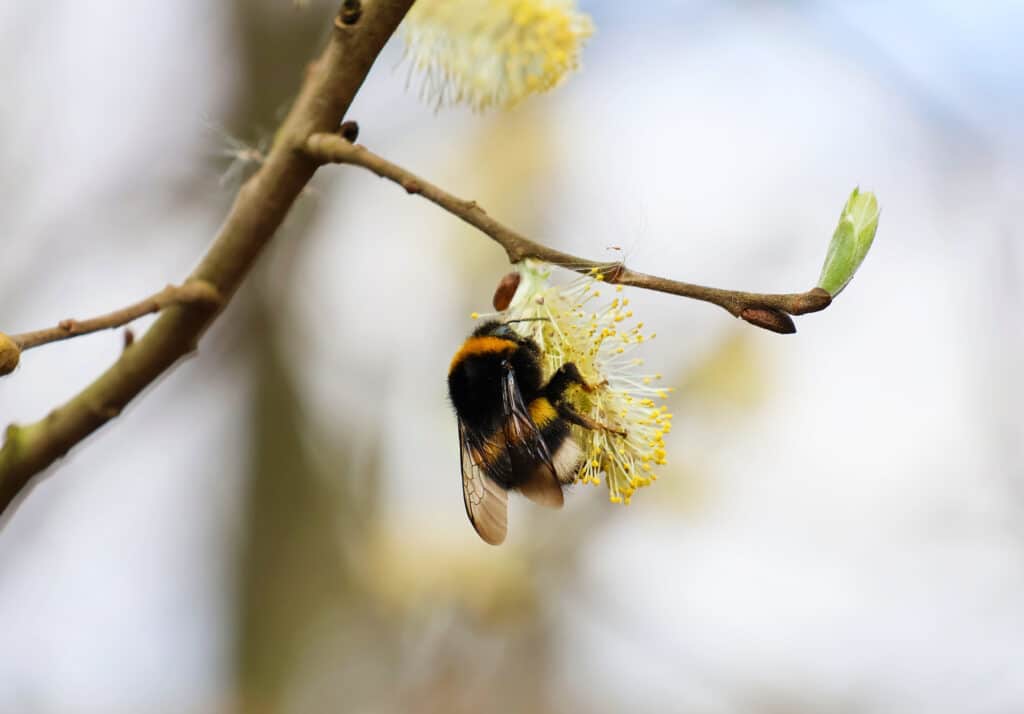
Only Local Delivery Available (Long Island & Queens)
Ground Shipping Paused
To protect our plants from extreme summer heat, we’ve paused nationwide ground shipping to avoid any damage during transit.
Local Delivery Only
We’re still delivering locally to Long Island and Queens, so nearby customers will continue to receive orders as usual.
Fall Pre-Orders Are Open Nationwide!
We will resume normal shipping for non-local orders placed during the pause in early September.
Thank you for your support and understanding—we’re looking forward to growing with you this fall!